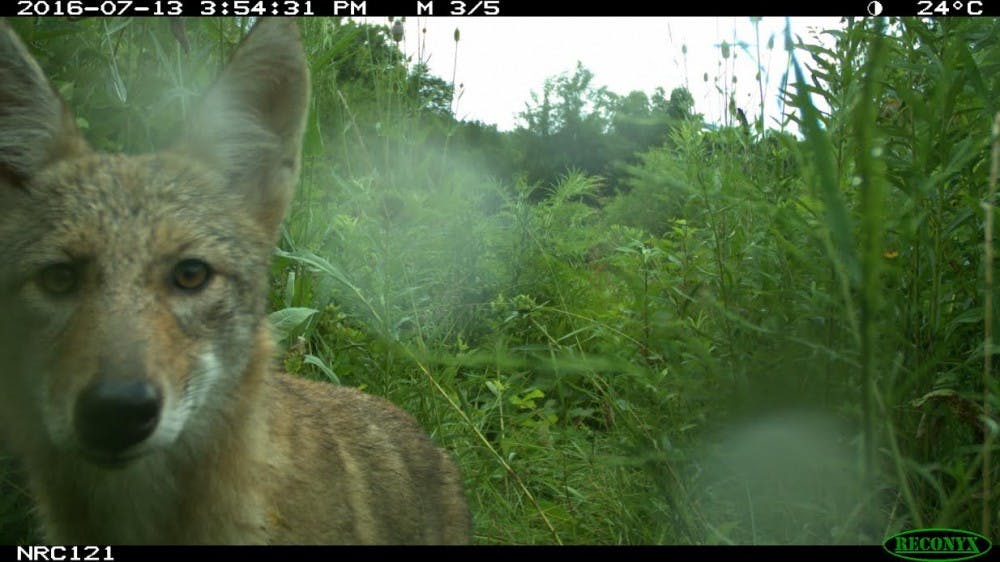North Carolina officials and scientists are enlisting citizens in an effort to learn more about the state’s wildlife and natural environment.
North Carolina’s Candid Critters, a new citizen science project organized by the N.C. Wildlife Resources Commission, N.C. Museum of Natural Sciences and North Carolina State University, will distribute camera traps to participating state residents via public libraries starting in December.
Participants will be able to set up the devices at and around their residential area to capture photos of local wildlife and upload them to an online database.
Roland Kays, project director and head of the Biodiversity Research Lab at the Museum of Natural Sciences, said the goal is to have 20,000 to 30,000 active sites over the next three years, which would make it the world's largest camera trap survey.
“If it’s just scientists running the cameras, we’re limited as to how many we can run and what area we can cover,” he said. “Working with citizen scientists lets us survey over a much bigger area, so we can get a statewide picture of what’s going on.”
Kays said his team is trying to compile a representative survey of all species in the state, but are specifically interested in the decline of the red wolves, the expansion of the elk population and the relationship between the breeding patterns of coyotes and deer.
“There’s skunks, there’s chipmunks, there’s black bears — all sorts of species that will provide interesting questions we can ask over the next three years,” Kays said.
The North Carolina groups are collaborating with the Smithsonian Institution, which is implementing a camera trap study in the areas around Washington D.C.
The photos will be stored online and in a digital repository in Washington D.C. run by the Smithsonian, said Project Coordinator Arielle Parsons.



